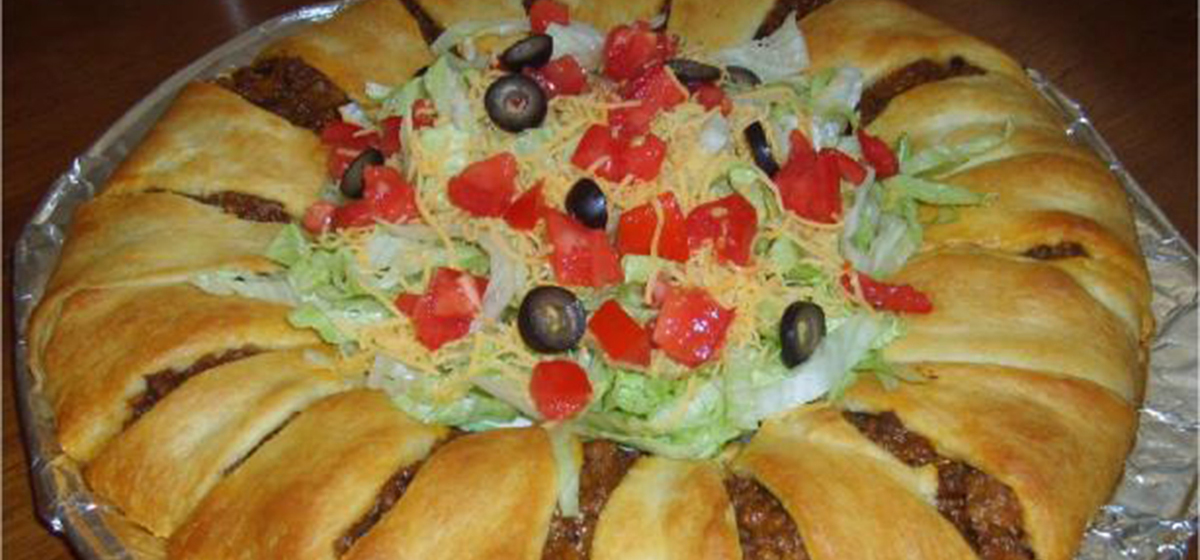While majoring in accounting at Sam Houston State University, Joe Janczak found his dormitory too noisy for study. The library wasn’t much better, as friends often tempted him to abandon his schoolwork. So Joe found quiet and solitude at the Alcove of Victory in the Old Main building. He liked the enormous stained glass window (7 feet wide by 17 feet tall) that was made in 1889 and dedicated to the heroes of Texas independence. He sometimes took photographs, both inside and out.
Shortly after midnight on February 12, 1982, during Joe’s sophomore year, he was awakened by a commotion outside his dorm. He assumed it was just students coming home after Thursday evening partying, so he ignored it and tried to go back to sleep. However, when he heard a girl scream, he jumped up, thinking she might need help. That’s when he noticed something odd.
“When I looked up,” he says, “the window blinds were orange.” He thought Sorority Hill might be on fire, but when he looked out his window to the left, he realized that Old Main was ablaze. “The spire of the roof had fire coming out,” he says.
He woke up his roommate, and the two of them ran outside. There, Joe had the odd sense he was watching events unfold in slow motion. “Everybody seemed to be going toward the fire,” he recalls. “As soon as we get closer to the building, campus security and local law enforcement are pushing everybody back.” Once the wooden infrastructure caught fire, he says, the building was doomed. It burned rapidly and was a total loss. For days, Joe was melancholy about the loss of the historic building, and with it, the window that had memorialized Texas heroes.
“I was born and raised in Texas,” he says. “It’s not really widely known, but it’s a fact that when the heroes of the Alamo and Goliad were killed in battle or executed, Santa Anna piled their bodies up and burned them and left their ashes to blow in the wind. Since this window was dedicated to them and in some way to our current servicemen and women, I can’t let this be in ashes again. I wanted to pick up the broken pieces.”
So, after the ruins of the building cooled, Joe occasionally visited the site. It was easy to get through a gap in the chain-link fence, he says, and he was able to scavenge among the rubble. When he found small pieces of glass from the window, he pocketed them. He worried that he might look suspicious, so he began carrying a lunch bag with him. When he found pieces of glass among the wreckage or the nearby azaleas, he dropped them in the bag. He figured that if he were questioned, he would pretend the bag contained his lunch. His presence, however, went surprisingly unchallenged.
Joe estimates that, during the months following the fire, he visited the remains of the building 20 times. Debris was scattered, but he found glass pieces in a rainbow of colors. Some were obviously broken from larger pieces, while some smaller pieces looked intact. The collection grew to a mound of glass of about one cubic foot.
“The guys in the dorm thought I’d lost it,” he says with a chuckle. It now appears, however, that Joe’s fascination with the pieces of glass showed great foresight. The remains of the building, he says, were ultimately destined for a landfill and were lost forever.
After graduating from SHSU, Joe entered the workforce and the glass stayed in a cardboard box at his parents’ home in Spring, out of sight but not forgotten. In 2005, he recalls, SHSU President James Gaertner mentioned that if Old Main were rebuilt, the cost of recreating the stained glass window would be staggering. Somewhere in the recesses of Joe’s mind, a tiny spark ignited.
In 2010, Joe’s father and mother became seriously ill. Joe’s career suddenly seemed insignificant, and he quit his job to care for his parents. There was a lot of downtime, and soon the flicker of an idea he’d had five years before suddenly caught fire. Joe, who had taken an elective in stained glass while a student at SHSU, began to consider making a reproduction of the original 7’ by 17’ window. “I could do it section by section, just like the original one,” he thought. The idea grew.
Thanks to his diligent searching in 1982, Joe had samples of original glass in virtually every color and texture. “Subconsciously,” he says, “what I was doing was actually getting different samples of each individual broken piece.”
Joe visited Cousin’s Art Glass at Old Town Spring and February’s Glass Designers in The Woodlands, which became valuable resources. The companies helped him locate suppliers of sheet glass that matched his samples from the original window. Equipped with photographs—some he had taken himself, and some from university archives—Joe began the arduous task of making a stained glass window exactly like the original, using the same techniques probably used in 1889.
“I would be stunned if there was more than an inch difference in the size of the window,” Joe says. Relying on construction experience he gained when he built his home in The Woodlands, Joe took care to make the window structurally sound. “If it’s not done correctly,” he says, “eventually the weight of the window would make it crack.”
At times the work was tedious, but Joe enjoyed seeing the project take shape. Once he began working, he found it difficult to stop. It was like working a jigsaw puzzle, he says. When he got one section done, he’d want to keep going. He often worked on the window for five hours a day. “When you feel inspired to do something that you feel will eventually matter, it puts wind in your sails,” he says.
Throughout the process, he paid excruciating attention to detail. For example, American, Mexican, and Texas flags were depicted in the original window as those that were in use in 1836, so Joe dutifully recreated them to match the original.
While some parts of the window required glass with simple, straight cuts, other pieces were rounded and were more difficult to cut. One section of the enormous window presented a unique challenge. As a tribute to Texas independence, the names of battles were precisely lettered. To recreate this section, Joe etched the glass with a Dremel tool, then painted the etchings with a mineral paint. He took the section to Cousin’s Art Glass, where it was fired in a kiln to melt the paint into the glass.
Larger pieces of glass had to be cut from new sheets, but some of the smaller pieces Joe had collected in 1982 were usable. He estimates that five percent of the glass in the recreated window is from the original window.
After about a year’s work and expenditures of about $2,500, Joe’s recreation of the Sam Houston Memorial Window was complete. The only significant difference between his window and the original, he says, is that he made the border and reinforcements out of stainless steel to make the window stronger. “In the old days,” he says, “all they had was pure lead.”
When a friend offered tickets to the Antique Road Show in Austin, Joe took a representative sample of his window, plus photos of the rest. A Tiffany glass expert appraised the window’s intrinsic value at about $40,000, but said it might fetch a price of up to $100,000 at auction. Joe, however, says the window was a labor of love to honor Texas heroes. He does not want to sell it.
“It would be wrong to take money for it,” he insists. “These people never took money for what they sacrificed.” Instead, Joe contacted his state congressman, and later various officials and alumni of SHSU, to see if he could donate the window to the university. Unfortunately, the only building on the campus with ceilings high enough to accommodate a 17-foot-high stained glass window was a new cafeteria, and neither Joe nor other alumni involved thought it was a safe or dignified place for such a memorial. “General Sam Houston is the hero of Texas, but not a cafeteria fixture,” Joe says. “The window needs its own space.”
Joe says he is still looking for the right home for the window and might one day consider putting it in a museum. Ideally, he would like to see his window in the same spot as the original. He is hopeful that someday, Old Main might be rebuilt. If so, he will donate the window so that it can be placed in the Sam Houston Memorial Hall. In the meantime, the window, in ten sections, remains in his parents’ home. “It’s almost as if I had hundreds of Texas heroes here guarding this house and helping to take care of Mom and Dad,” he says. “It’s nice having them here.”



